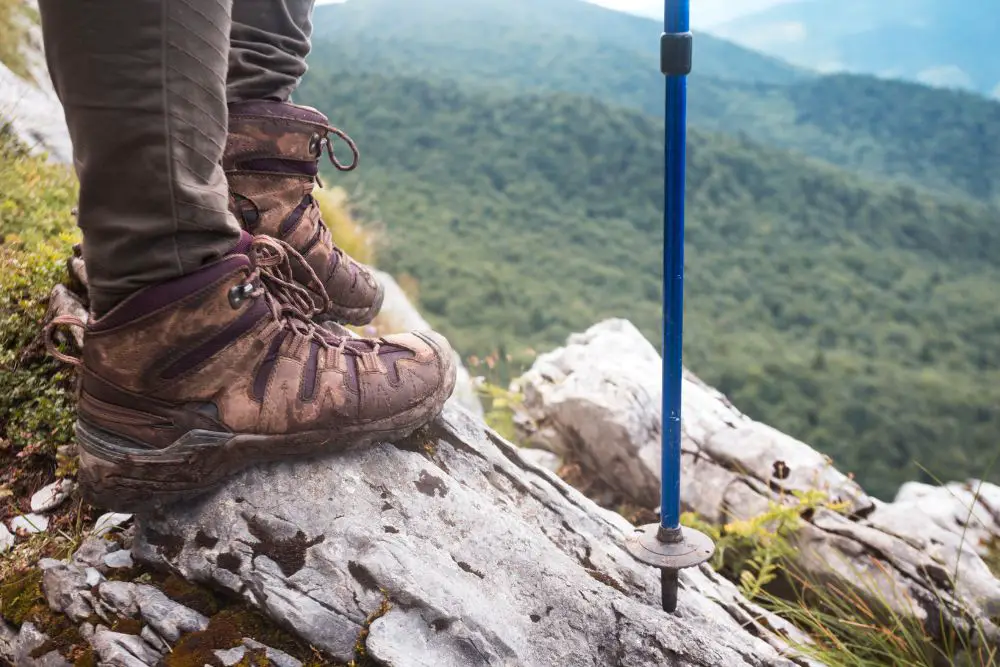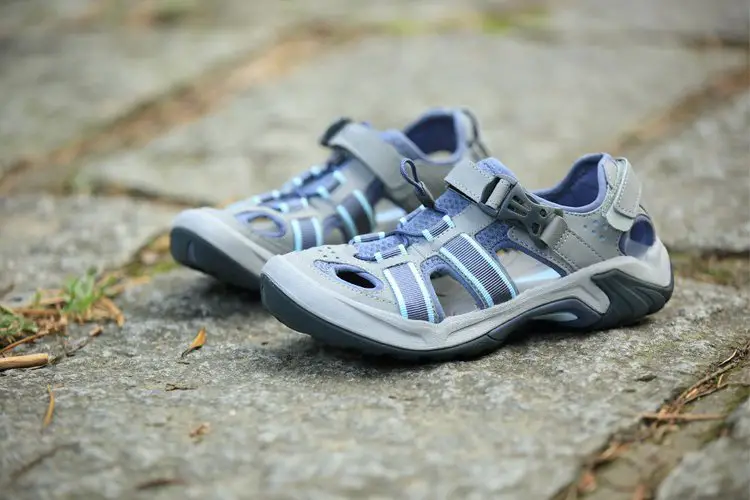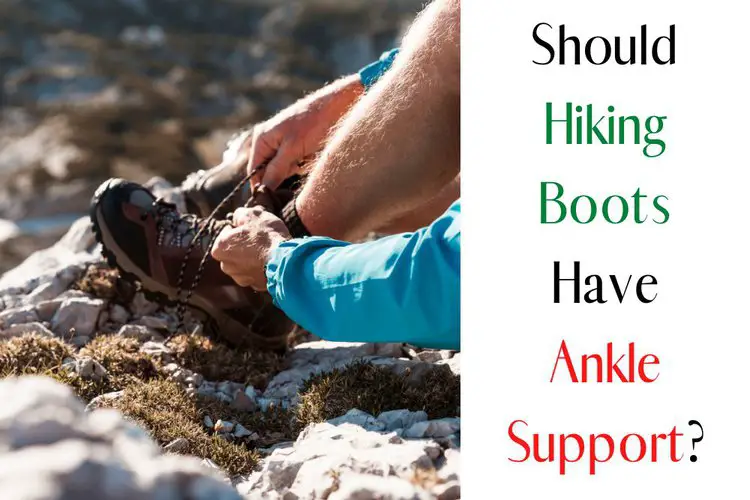One of the biggest differences between hiking boots, hiking sandals or running shoes is that they offer ankle support because of their high construction and tight-fitting padding.
Most hiking boots with mid-cut or high-cut construction take pride in those features. However, you don’t really need to wear hiking boots with ankle support all the time.
The most important thing when choosing hiking boots is to determine the type of terrain and environment you will face. From there, make your best decision.
Today’s article will be the most detailed explanation for you, when to need hiking boots with ankle support and when not.
Should Hiking Boots Have Ankle Support?
If you often meet professional hikers, you will find their footwear quite simple, mainly hiking sandals or hiking shoes.
As some studies show, low-heeled footwear doesn’t support your ankle as well as high-end hiking boots. But in return, your ankle will be more flexible and get stronger over time.
Therefore, hiking boots with good ankle support are not always good. Once you are confident with your off-road skills and strong ankles, you can use hiking boots without ankle support.

Even so, if you’re a novice or a non-expert, or have a history of ankle sprains that haven’t fully healed, it’s still a good idea to wear hiking boots with good ankle support to face difficult and unfamiliar trails.
The challenging terrain includes rocky, uneven, steep, or even slippery, sandy roads.
In such conditions, hiking boots with ankle support will ensure more stability for your weak ankle. Besides, padding wrapped around the ankle can ensure you are warm in winter and prevent debris, snow, or water from entering your feet.

Because of the above, you should consider the terrain and the upcoming environment you are going to hike to pick the right type of hiking boots.
If the trail terrain is flat, non-slippery with nice weather, there’s no reason to wear 8-inch hiking boots with ankle support. For favorable terrain and environments, you can wear hiking sandals, running shoes, or even tennis shoes. You will feel the beauty of the journey more clearly than when putting on a pair of heavy-duty hiking boots.
Last update on 2023-11-10 / Affiliate links / Images from Amazon Product Advertising API
One piece of advice that many experts have given is that you should train your ankles well before each journey and during the journey.
If you’re new, choose the hikes with simple, flat terrain and nice weather conditions.
After that, remember not to wear hiking boots with good ankle support, instead, you can opt for shoes like running or hiking shoes, or maybe sandals. These shoes allow your ankle to be exercised, flexible and stronger so you can conquer more difficult terrain later without the need for high-cut hiking boots with ankle support.
In addition, footwear such as sandals, hiking shoes, or running shoes are also lighter and highly flexible, so they will be a better start for you than hiking boots with padding collar and ankle support.

Another recommendation is that before starting your trip with non-ankle support hiking boots, you should warm up thoroughly. Because no matter how favorable the terrain, there can still be precarious areas that cause risks.
A good warm-up will ensure your ankle is flexible enough so that it won’t flip or hurt if you have an unfortunate accident.
Also, make sure the footwear you’re wearing is completely broken in, they’re soft, comfortable and flexible and not stiff.
Footwear must also fit really well, neither loose nor tight, which keeps your natural gait and limit ankle injuries.
Conclusion
In short, you don’t necessarily need to wear hiking boots on simple trails with favorable weather or environmental conditions.
Wearing low-rise and low-ankle support footwear in these terrains will also help you train your ankles to be more flexible and stronger. From there, it is possible to conquer hiking on more difficult roads such as steep, slippery, or rocky.
In addition, these footwears are also lighter, breathable, and help you feel the atmosphere of your journey better.
However, in mountainous terrains with slushy snowfall or jagged and unstable rocks, even if you are a decent hiker and are not very familiar with the terrain, you should still use hiking boots with ankle support. They will ensure your ankle is stable, warm, and free of debris.
That’s all you need to know!


